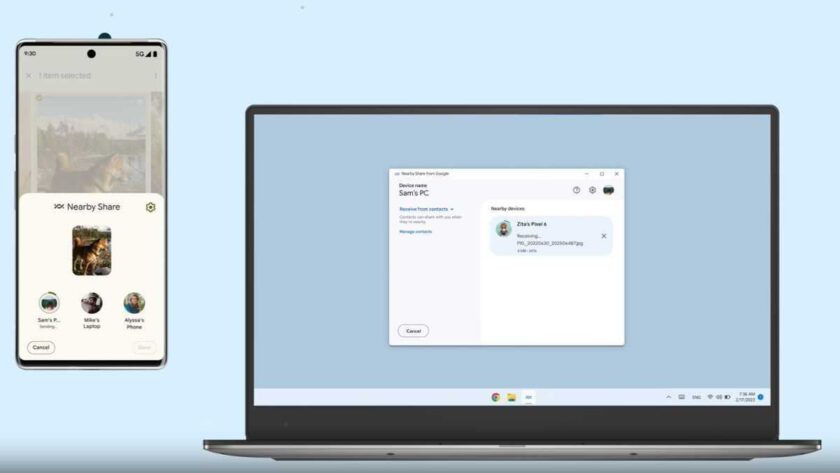One of the advantages we have today in the fight against coronavirus that wasn’t as sophisticated in the SARS outbreak of 2003 is big data and the high level of technology available. China tapped into big data, machine learning, and other digital tools as the virus spread through the nation in order to track and contain the outbreak.
The lessons learned there have continued to spread across the world as other countries fight the spread of the virus and use digital technology to develop real-time forecasts and arm healthcare professionals and government decision-makers with intel they can use to predict the impact of the coronavirus.
One basis for taking these decisions is the availability of the right data. In the fight against coronavirus, insight into preventive actions, population mobility, the spread of the disease, and the resilience of people and systems to cope with the virus, can help public health and humanitarian leaders respond more effectively to the COVID-19 epidemic.
Monitoring population movements using mobile phone data
Aggregated mobility information from telecom data was used during the Ebola outbreak in West Africa and has been further researched by the UNICEF Innovation Lab, Flowminder and others.
Recently in Belgium, Dalberg Data Insights, one of the organisations mandated by the Belgium Government to lead the Data Against COVID-19 task force, has been analyzing aggregated and anonymised telecom data from the three telecom operators in the country. The main goal is to understand human mobility trends in regard to lockdown measures and evaluate the risk of infection increases of a specific region. Overall in Belgium, human mobility has decreased with an average of 54%, with some areas in Belgium seeing an even bigger decrease. The crisis response team in Belgium can refer to this analysis when it comes to the impact of imposed measures and indicate the risk of virus outbreak and imported cases from other regions.
Authorities can map areas where the ability to respond appropriately is compromised, with a high level of detail, using a combination of available primary data collection, data from national bureaus of statistics and satellite images. The Location Analytics (LOCAN) team at Dalberg Research based in Kenya is analyzing risk profiles in multiple African countries. The results are then fed back into epidemiological models as input for informed decision making on the crisis response. A similar risk model, which drew on three key risk variables – people aged over 60, regular smokers, and those who use dirty cooking fuel in their houses – was developed and applied to Nigeria where health officials continue to announce new cases despite a strong early federal response.
What about data privacy?
There are growing privacy concerns about the ways governments use data to respond to the COVID-19 crisis. As new technologies emerge that aim to collect, disseminate and use data in order to support the fight against COVID-19, we need to ensure they respect ethical best practices. Even in times of crisis, we need to comply with data privacy regulations and ensure that the data is used ethically.
One way to do that is to establish independent ethical committees or data trusts. Their role will be to create data governance mechanisms to find the balance between competing public interests, while protecting individual privacy.




